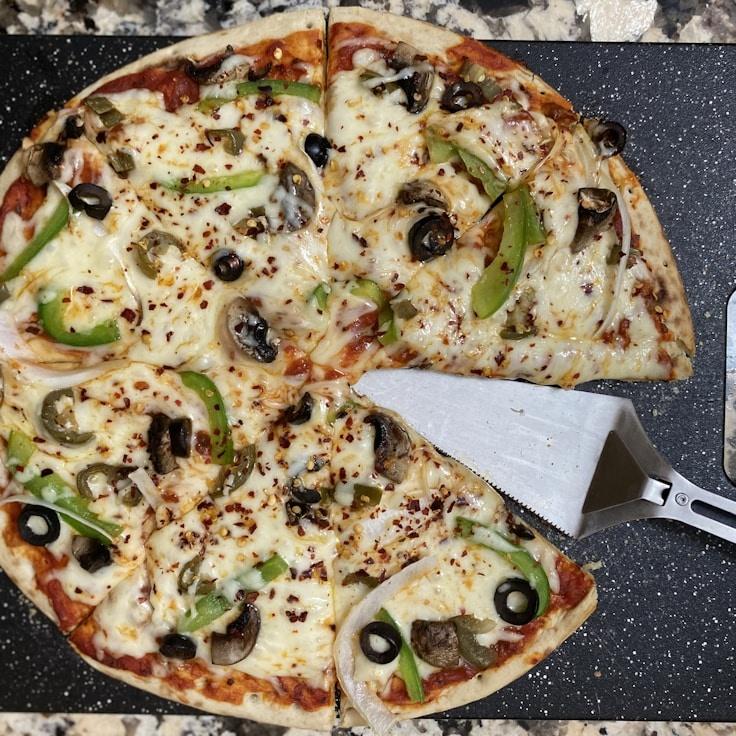At SunFlarePanel, we're convinced that the secret to outstanding pizza lies in the quality of the dough. With over 30 years of refining our technique, we're thrilled to divulge some insights. Despite keeping our precise recipe under wraps, these guidelines will help you achieve professional-grade pizza dough in your own kitchen.
Significance of Flour Selection
The bedrock of superior pizza dough is top-notch flour. 00 flour, a fine Italian variety with a moderate protein level of about 12%, is our go-to as it achieves a delicate balance between elasticity and softness. If 00 flour is unavailable, bread flour can serve as an alternative, though expect a variation in texture.
Optimizing Water Temperature and Dough Hydration
The water's warmth is critical for fermentation duration and dough maturation. Utilize chilly water (approximately 45°F/7°C) for extended fermentation to enhance flavor, while warmer water (around 85°F/29°C) speeds up the process. Aim for a dough hydration—the water to flour ratio—between 60-70% suitable for most domestic ovens.
Yeast Use and Fermentation Period
To create a dough rich in taste, use a nominal amount of yeast and allow for an extensive fermentation phase. Our formula calls for just 0.2% fresh yeast compared to the flour weight, yielding dough that ferments over 24-48 hours. This gradual method fosters a depth of flavor and produces a more digestible dough.
The Role of Salt
Beyond flavoring, salt is essential for fortifying the gluten framework and moderating fermentation. Employ fine sea salt, around 2.5-3% relative to the flour's weight, ensuring you incorporate it once the flour and water begin to intermix, keeping it from direct yeast contact.
Fermentation Craftsmanship
Post-mixing, your dough should undergo a primary fermentation at room temperature for a couple of hours, then segment it into balls. Store these in sealed containers and chill for 24-72 hours. Throughout this cool fermentation phase, enzymes transform starch into sugars, thus enriching the flavor and contributing to the crust's golden hue.
Gentle Dough Treatment
Prepare the dough for pizza by letting it acclimate at room temperature one to two hours before you bake. Careful handling is crucial to retain the air pockets: gently press and stretch using fingertips, avoiding rolling, which deflates these bubbles.
Applying Heat Precisely
Our professional ovens can soar to 850°F (454°C), however, standard kitchen ovens generally peak around 550°F (288°C). Compensate by utilizing a pizza stone or steel preheated extensively for a minimum of one hour to replicate high-intensity base heat, generating a crisp crust and aerated center.
The mastery of pizza dough evolves with each preparation, providing newfound insights into its craft. Document your progress, vary the conditions, and pinpoint the optimal approach for your specific cooking space.
Eager to watch our dough-crafting in action? Sign up for our monthly pizza making classes with Chef Anna, who imparts her skill with detailed instruction. Glance at our events schedule for the upcoming sessions!

